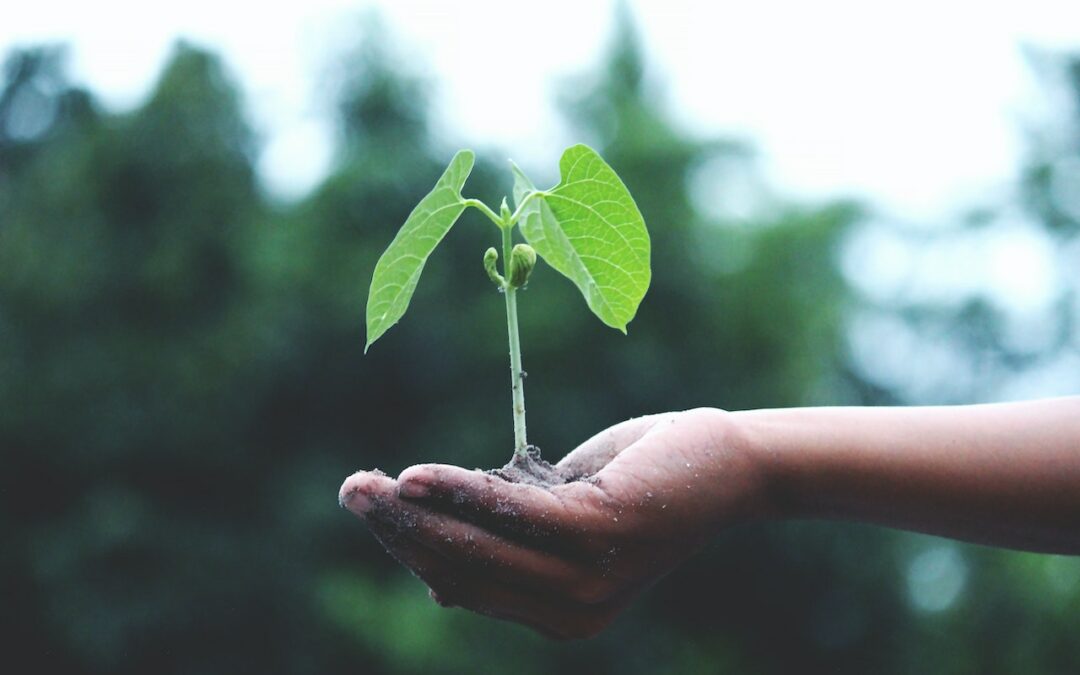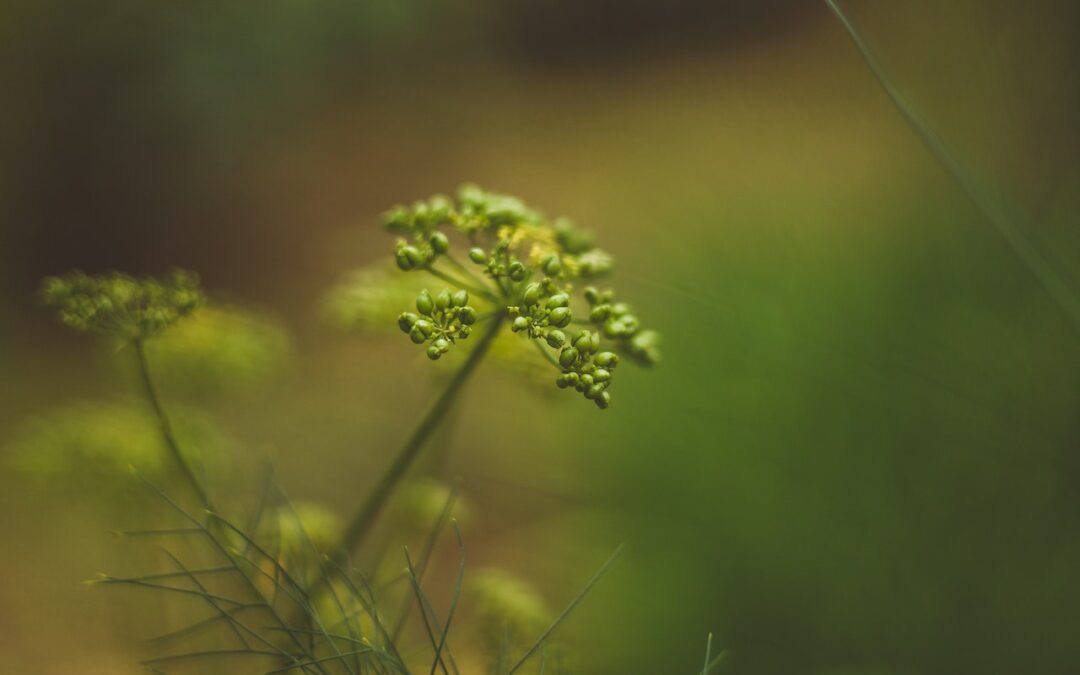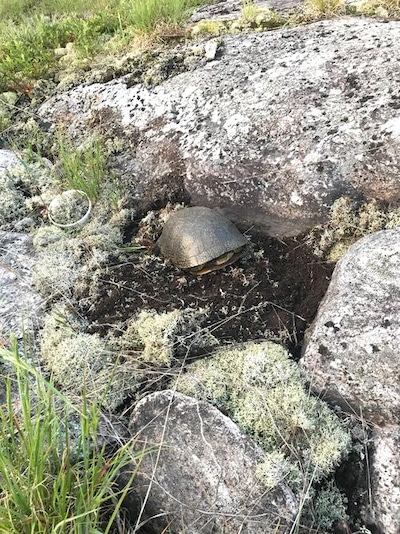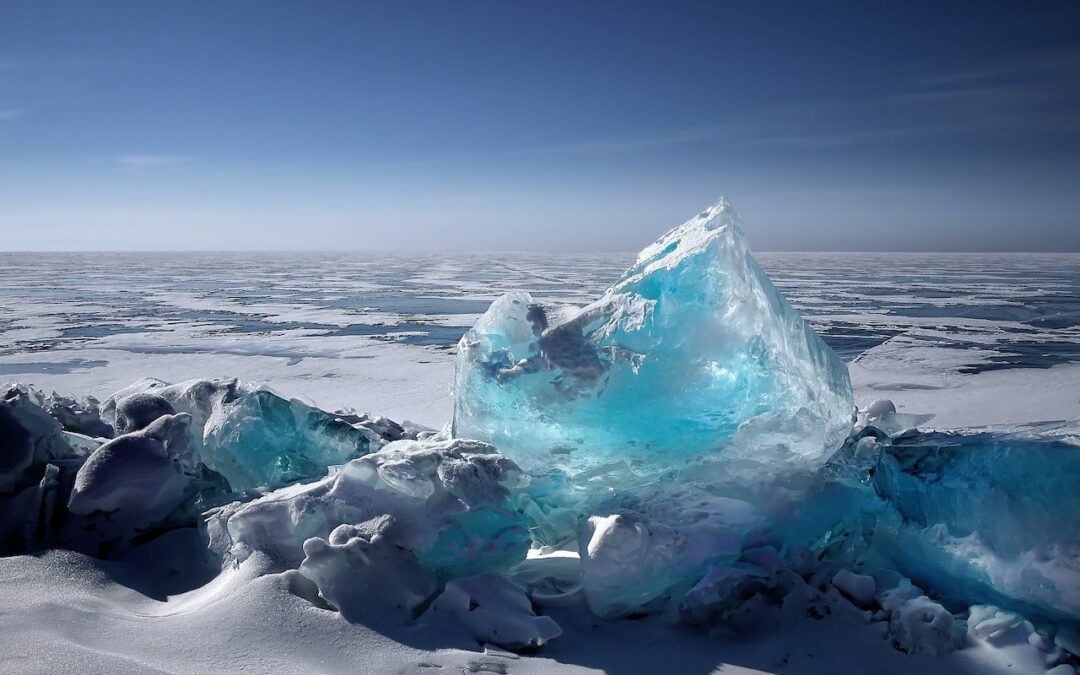
by Komoneed | Jun 3, 2024
Whyalla’s sewer network faces the problem of highly saline groundwater, which can infiltrate pipes through small cracks and gaps between joists, compromising the quality of the regional city’s recycled water.
“Every day, our wastewater treatment plant turns Whyalla’s number ones and twos into a sustainable supply of recycled water, with around 2.5 million litres delivered to help irrigate the local golf course, ovals and parks,” said SA Water’s Senior Manager of Infrastructure Planning and Strategy, Dr Daniel Hoefel.
“Recycled water is an incredibly valuable source of water given the city’s warmer climate and reduced rainfall, and one of the characteristics we monitor to ensure its quality is salinity levels.”
Now, thanks to a $2 million investment from SA Water, work is underway to restore more than 2700 m of sewer main across the city. This involves relining pipes beneath several of the town’s roads, including Booth Street, Cudmore Terrace, Nicolson Avenue and Playford Avenue.
Relining pipes is a modern technique adopted by water utilities to extend the life of sewer mains. A PVC liner is fed inside a pipe to create a new internal surface and restore its structural integrity.
Hoefel said the utility decided to reline the pipes because conventional treatment plants like the one in Whyalla aren’t able to directly remove the high amount of salt from within the wastewater.
“After investigating sources of this infiltration across our network and undertaking CCTV monitoring of high-risk areas where data indicated high salinity levels, we identified several pipes to be relined,” he said.
“Relining pipes is a far more cost-effective and less invasive approach when compared to replacing a pipe, which is especially beneficial in this location due to the surrounding marine environment.”
SA Water crews will clean each sewer main to ensure they’re clear of blockages before deploying a specialised winding machine into the pipes’ access chambers, Hoefel said. A strip of PVC will then be fed into the machine from an above-ground spool and wound to form a continuous helix with a diameter slightly less than the host pipe.
Work is expected to be complete by mid-2024.
Image caption: As part of relining pipes, a strip of PVC is fed into a machine from an above-ground spool and is wound by locking the edges together to form a continuous helix. Image courtesy of SA Water.

by Komoneed | Jun 3, 2024
44 projects are hoping to get investment from the National Science Foundation in 2025.

by Komoneed | Jun 3, 2024
Exploring the fragile forms of ocean ecosystems, Vanessa Barragão continues to create fibrous iterations of coral reefs and marine biomes. Working with a team of studio assistants, she is inspired by environmental stewardship and textile techniques such as latch hooking, crochet, and weaving. Over the course of several weeks to several months, these meditative processes give life to tactile and textural forms.
One of the artist’s most impactful experiences in the last year was a visit to the Raja Ampat Islands. More
Do stories and artists like this matter to you? Become a Colossal Member today and support independent arts publishing for as little as $5 per month. The article Vanessa Barragão’s Fibrous Coral Tapestries Unfurl the Delicacy of Marine Ecosystems appeared first on Colossal.

by Komoneed | Jun 3, 2024
With all eight native freshwater turtle species of Ontario considered at-risk, researchers have created protective nests to help boost offspring survival. Researchers at the University of Waterloo and McMaster University designed a nest with materials like moss and lichen to mimic the turtles’ natural rocky nesting sites. As the research team pointed out in their […]
The post Researchers Develop Protective Nests for At-Risk Turtles in Ontario appeared first on EcoWatch.

by Komoneed | Jun 3, 2024
Water and Energy for Food Grand Challenge Final Evaluation Webinar
jschoshinski
Thu, 05/30/2024 – 17:44
The water-energy-food nexus faces many challenges that negatively impact the farmers growing our food – not enough water, potential effects of climate change, difficulty connecting to markets, inaccessible renewable energy technologies, and a lack of agricultural knowledge, to name a few. However, with all these challenges come opportunities for businesses, non-profits, and academic/research organizations to step in, leverage their innovative solutions, and help improve the agricultural sector’s sustainability while helping farmers grow more food with less water and energy. One of the ways in which these innovations have been able to scale and create impact, is through the Water and Energy for Food Grand Challenge.
Since 2020, the Water and Energy for Food (WE4F) Grand Challenge has worked with innovators through five Regional Innovation Hubs covering East Africa, Middle East and North Africa, South and Southeast Asia, Southern and Central Africa and West Africa. These hubs have provided more than 135 innovators with grants, technical assistance, investment facilitation, and enabling environment support. Through this support, innovators scaled their nexus solutions, impacting 3.6 million end-users and helping them grow 6.8 million tons of food, save 1.2 billion kilowatt-hours of energy, reduce water consumption by 10.8 billion liters, and prevent 1.5 million tons of CO2e.
As the program draws to a close over the next year, there are many lessons learned and recommendations to be shared with the broader community. To begin learning about WE4F’s experiences, the program cordially invites you to attend a webinar scheduled for June 18th at 9am ET.
Entitled “Water and Energy for Food Grand Challenge – Final Evaluation Webinar”, and hosted by Dexis Consulting Group, this webinar will present findings on USAID-implemented activities in the Middle East and North Africa, South and Southeast Asia, and Southern and Central Africa.
Teaser Text
Since 2020, the Water and Energy for Food (WE4F) Grand Challenge has worked with innovators through five Regional Innovation Hubs. Join on June 18th to learn about WE4F’s experiences.
Event Date
Tuesday, June 18, 2024, 1:00
– 2:30 pm UTC
Advanced registration required
Off
External Link
Register Here
Event Format
Virtual
Image
Water and Energy for Food Grand Challenge.png
Event Type
Webinar/Presentation
Topic
Agriculture
Energy
Food Security
Monitoring, Evaluation, and Learning
Water and Sanitation
Water Management
Strategic Objective
Adaptation
Integration
Mitigation
Sectors
Water and Sanitation
Region
Africa
Asia
Middle East & North Africa
Add to calendar
Add to Calendar
2024-06-18 13:00:00
2024-06-18 14:30:00
Water and Energy for Food Grand Challenge Final Evaluation Webinar
The water-energy-food nexus faces many challenges that negatively impact the farmers growing our food – not enough water, potential effects of climate change, difficulty connecting to markets, inaccessible renewable energy technologies, and a lack of agricultural knowledge, to name a few. However, with all these challenges come opportunities for businesses, non-profits, and academic/research organizations to step in, leverage their innovative solutions, and help improve the agricultural sector’s sustainability while helping farmers grow more food with less water and energy. One of the ways in which these innovations have been able to scale and create impact, is through the Water and Energy for Food Grand Challenge.
Since 2020, the Water and Energy for Food (WE4F) Grand Challenge has worked with innovators through five Regional Innovation Hubs covering East Africa, Middle East and North Africa, South and Southeast Asia, Southern and Central Africa and West Africa. These hubs have provided more than 135 innovators with grants, technical assistance, investment facilitation, and enabling environment support. Through this support, innovators scaled their nexus solutions, impacting 3.6 million end-users and helping them grow 6.8 million tons of food, save 1.2 billion kilowatt-hours of energy, reduce water consumption by 10.8 billion liters, and prevent 1.5 million tons of CO2e.
As the program draws to a close over the next year, there are many lessons learned and recommendations to be shared with the broader community. To begin learning about WE4F’s experiences, the program cordially invites you to attend a webinar scheduled for June 18th at 9am ET.
Entitled “Water and Energy for Food Grand Challenge – Final Evaluation Webinar”, and hosted by Dexis Consulting Group, this webinar will present findings on USAID-implemented activities in the Middle East and North Africa, South and Southeast Asia, and Southern and Central Africa.
Global Climate Change
team@climatelinks.org
UTC
public





